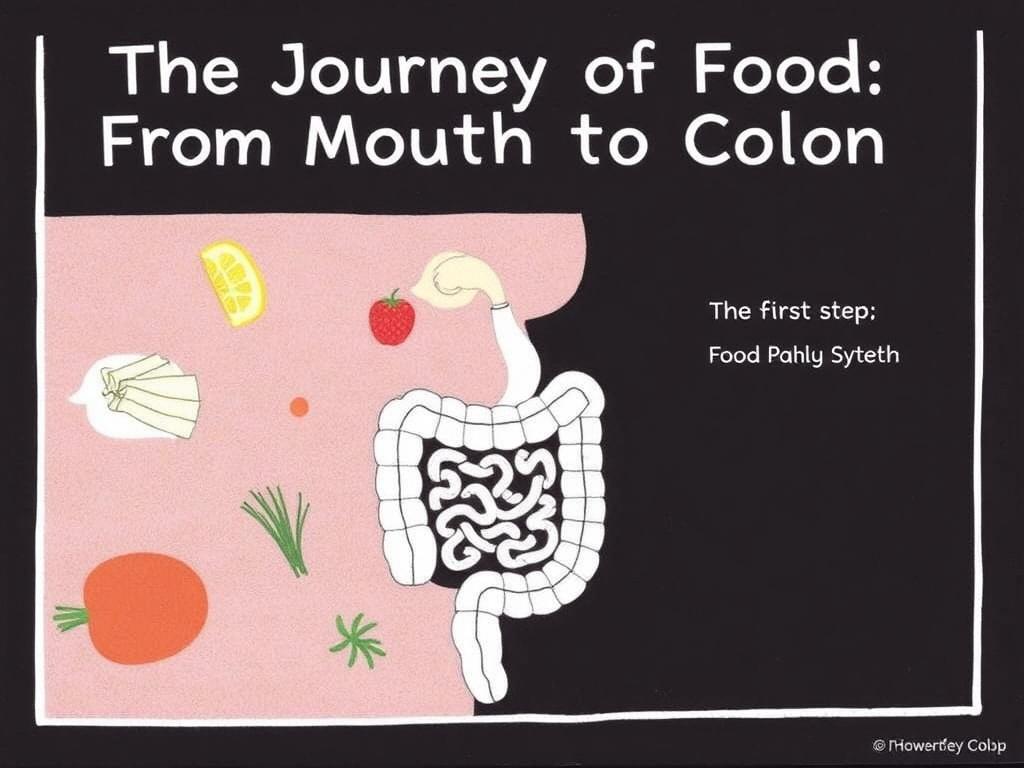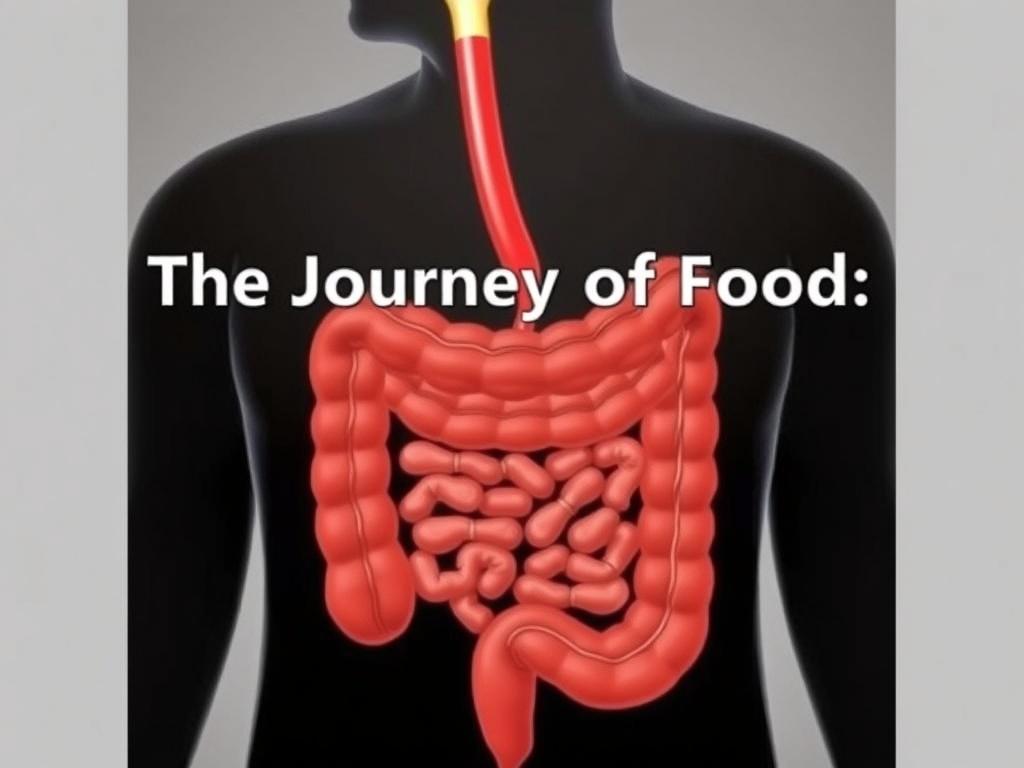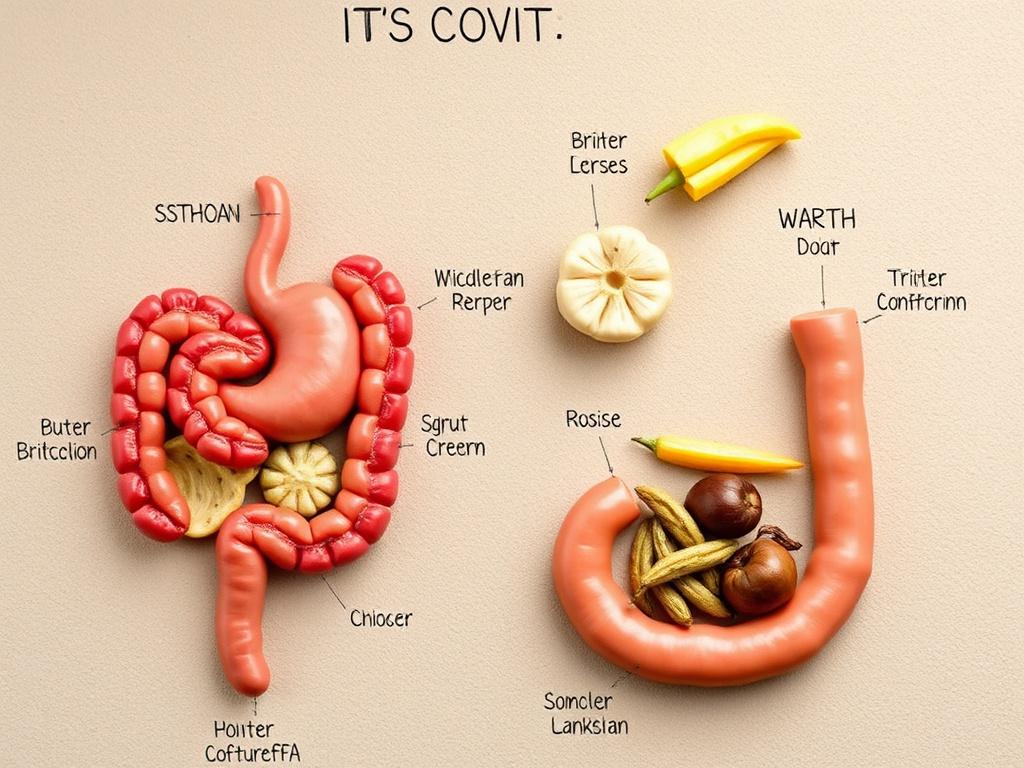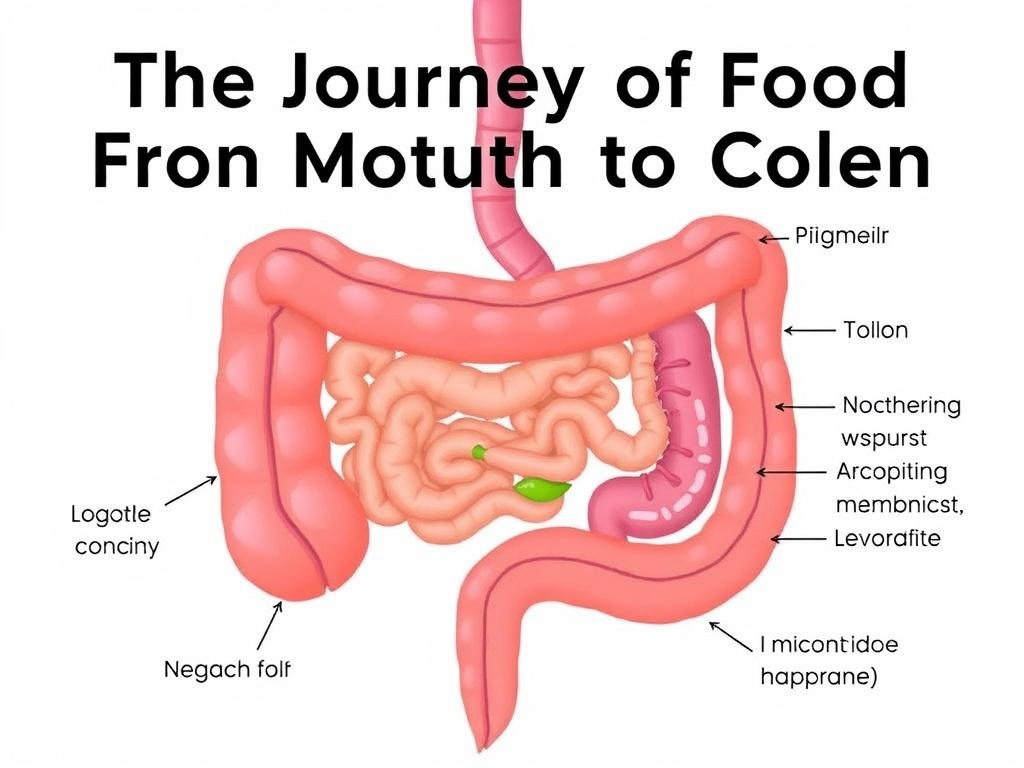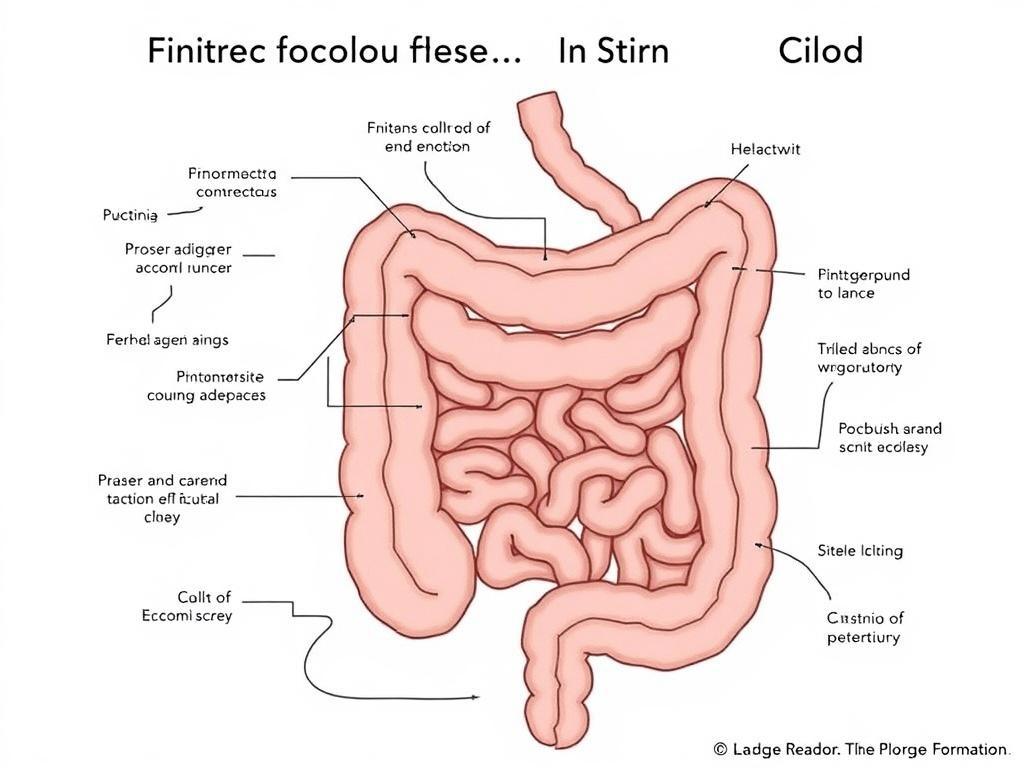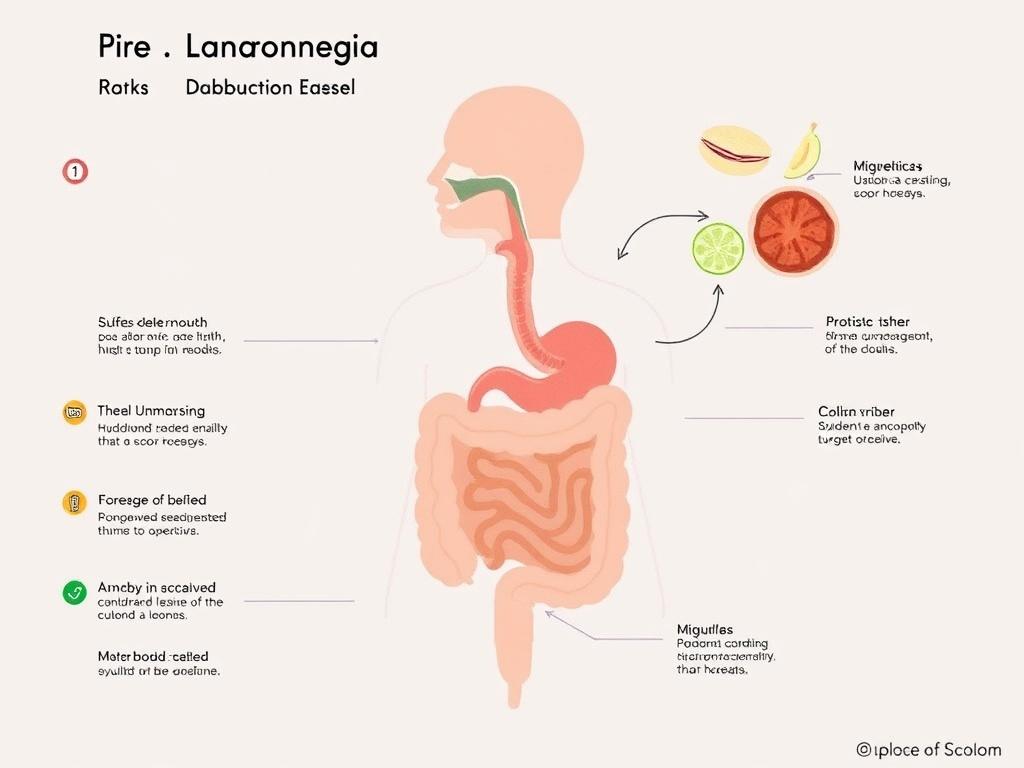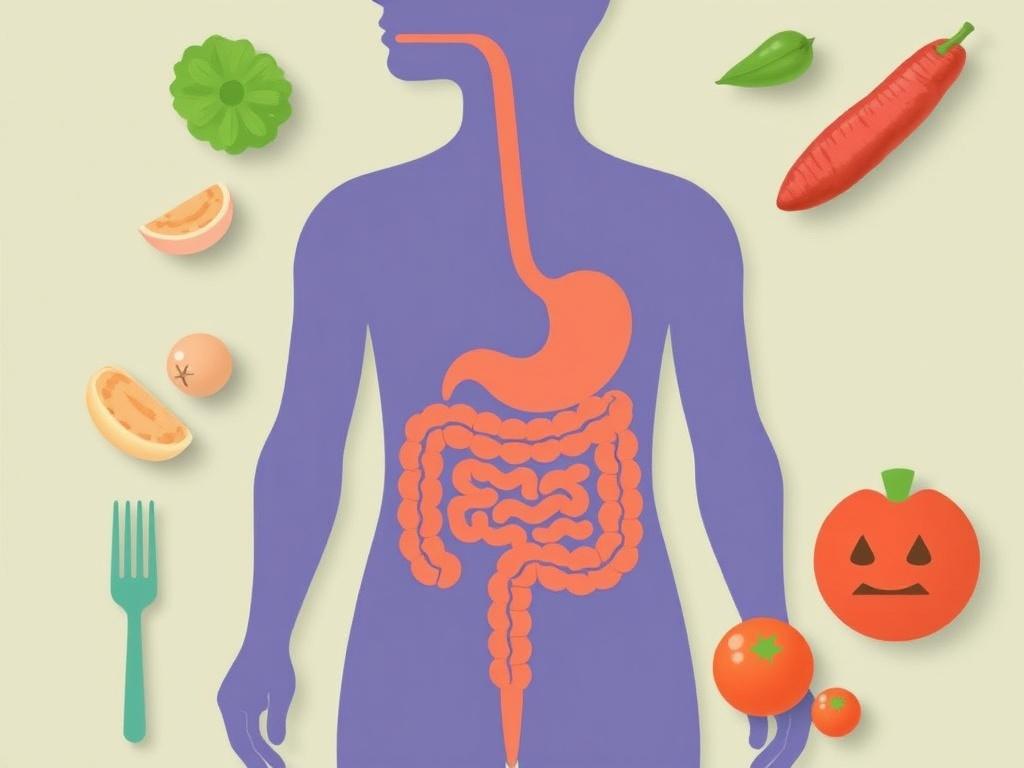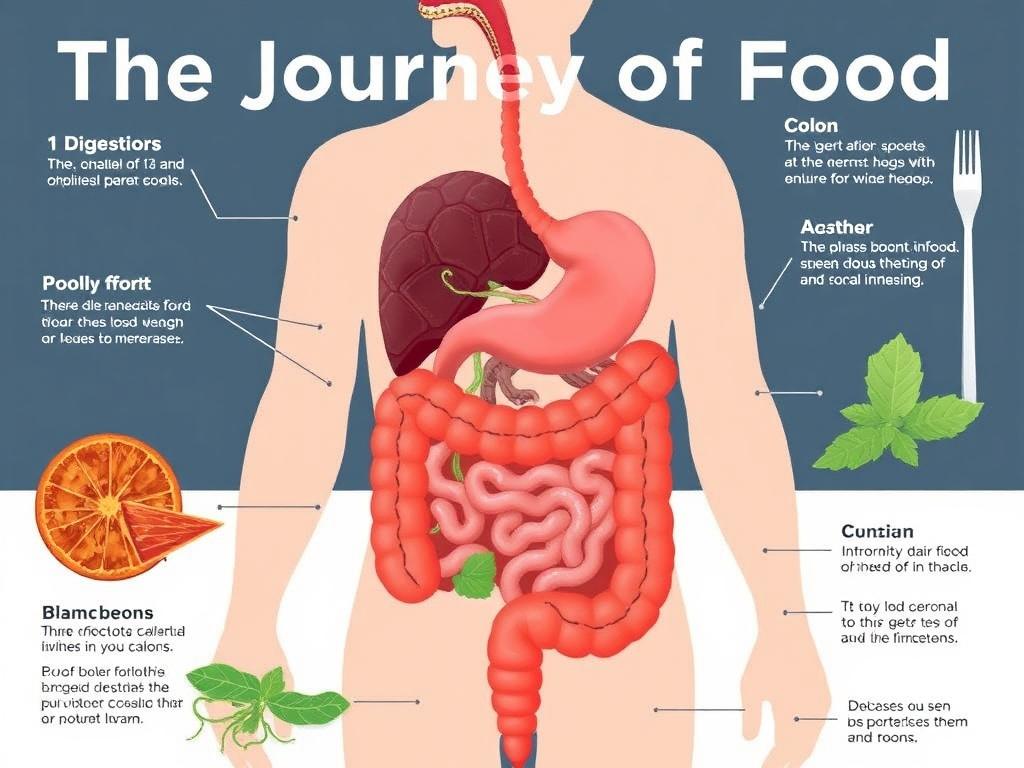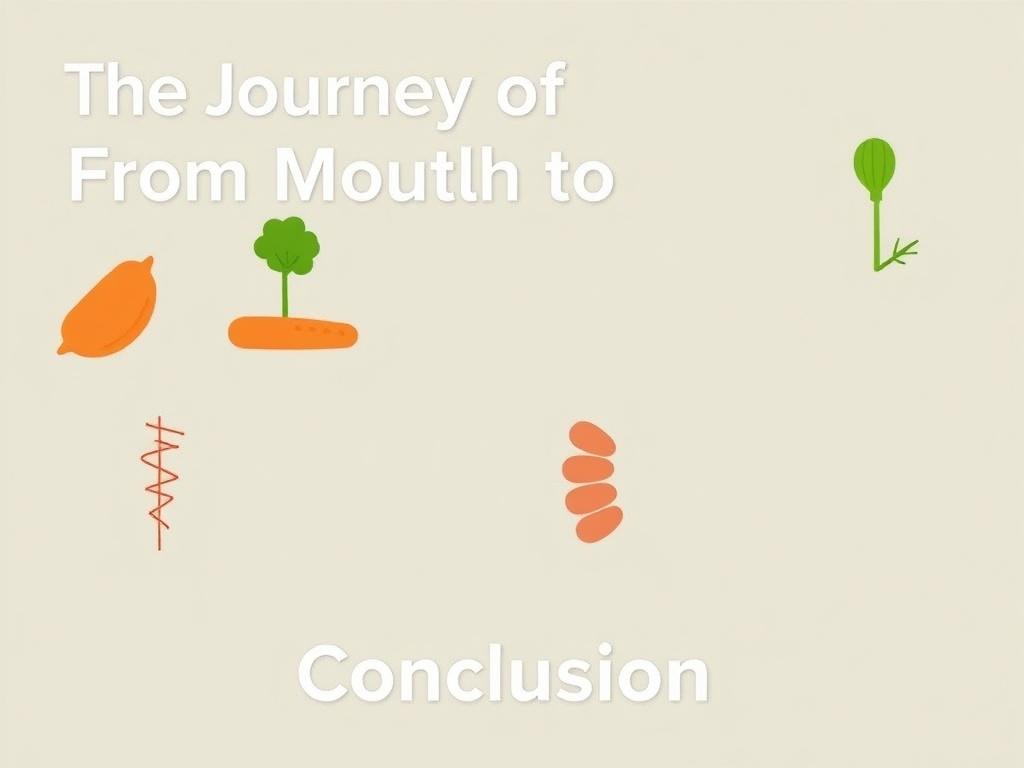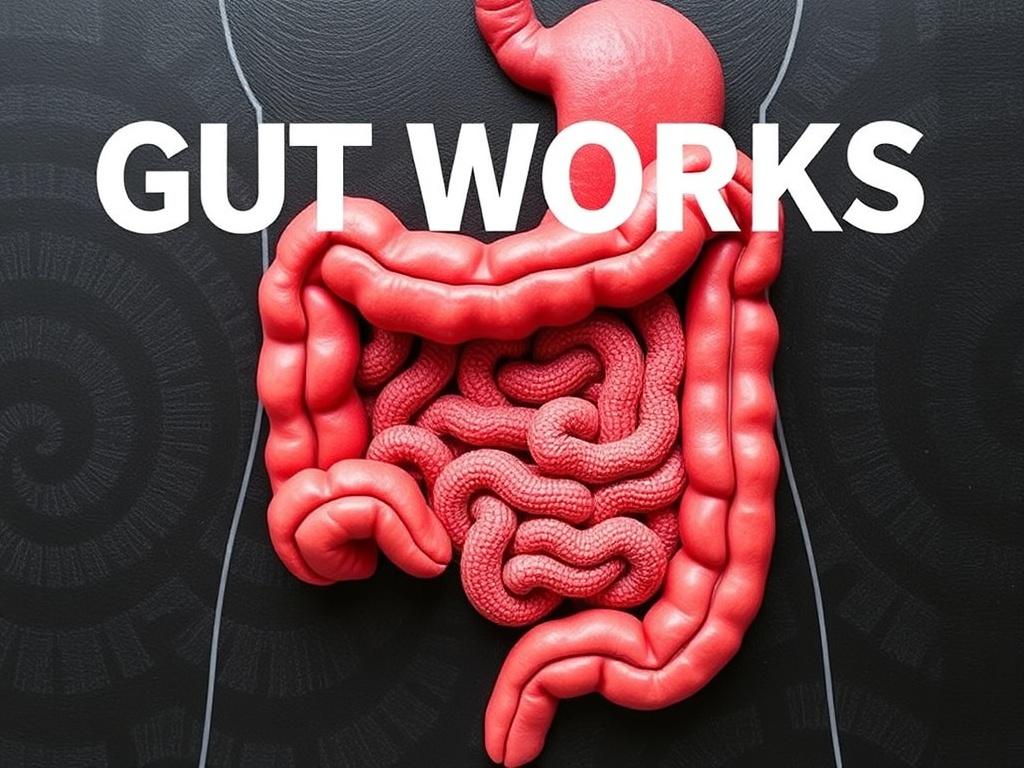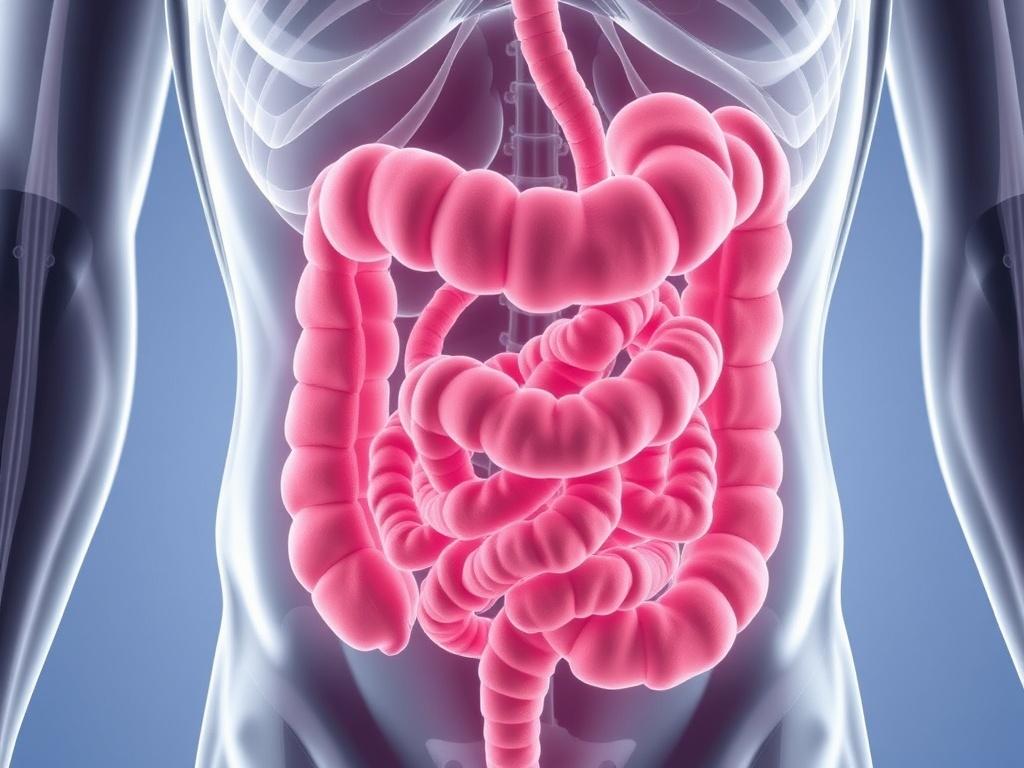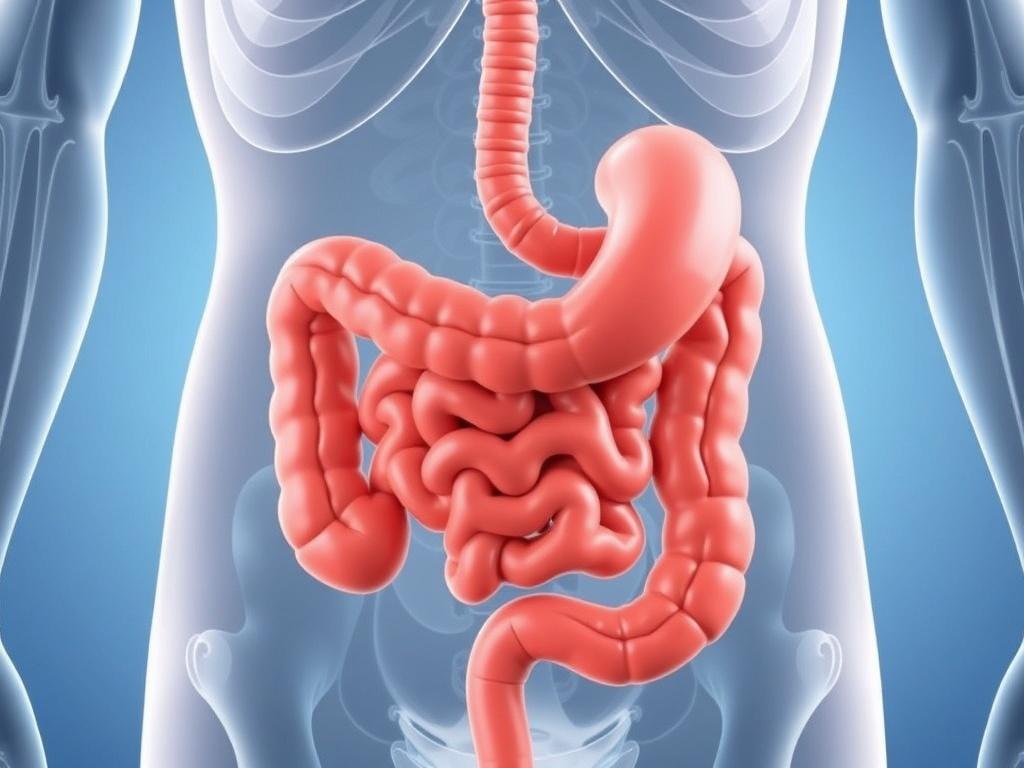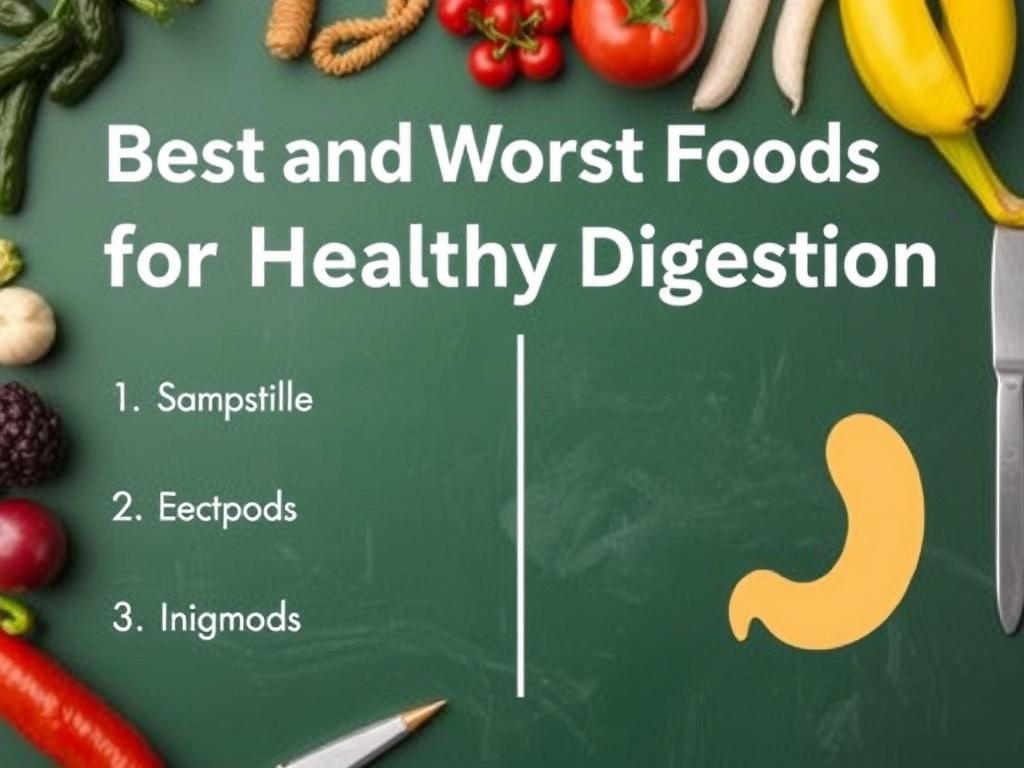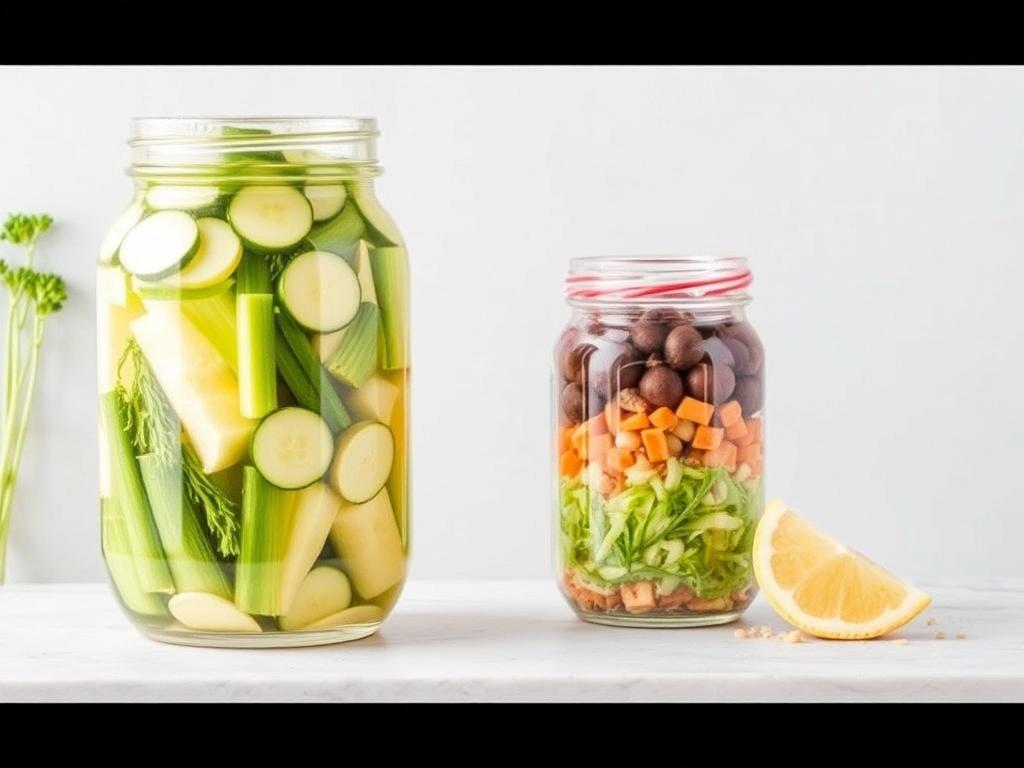Have you ever paused to wonder what happens to the food you eat after it leaves your plate? The journey of food from mouth to colon is a fascinating and intricate process that keeps our bodies fueled, nourished, and healthy. It’s more than just chewing and swallowing; it involves numerous organs and complex mechanisms working in harmony to break down food into nutrients that our body can absorb and use. Whether you enjoy a hearty breakfast, a quick snack, or a full-course meal, the pathway your food embarks on plays a crucial role in your overall well-being. In this article, we’ll explore the journey of food, breaking down each step with simple explanations, vivid descriptions, and interesting facts, so you can appreciate this natural wonder happening inside you every day.
The First Step: Food Enters the Mouth
The journey begins the moment food enters your mouth. Here, your teeth and tongue team up as the first “processing plant” for your meal. Teeth grind and tear the food into manageable pieces, while saliva, produced by the salivary glands, starts the chemical process by moistening the food and initiating starch digestion through an enzyme called amylase. This combination of mechanical and chemical breakdown forms a soft, slippery substance called bolus, which makes swallowing easier and sets the stage for the rest of the digestive process.
But the mouth does more than just break down food—it’s also your body’s first sensory checkpoint. Taste buds on your tongue detect flavors like sweet, sour, bitter, salty, and umami, sending signals to your brain that help you savor your meal and stimulate digestive juices. This sensory engagement is not just about pleasure; it primes your digestive system for the food that’s on its way.
The Path Down the Esophagus
Once the bolus is ready, it moves to the back of your mouth and triggers the swallowing reflex. From here, the food embarks on a brief but critical trip down the esophagus, a muscular tube connecting the throat to the stomach. Unlike eating, which is voluntary, swallowing from the throat onward is an involuntary reflex controlled by your nervous system.
Inside the esophagus, a series of wave-like muscle contractions called peristalsis propel the food downward. Imagine a conveyor belt gently pushing packages along—that’s essentially what your esophagus does. At the lower end, a valve called the lower esophageal sphincter relaxes to allow the bolus to enter the stomach, then closes tightly to prevent stomach acid from flowing back up, which could cause discomfort or conditions like acid reflux.
The Stomach: The Mighty Mixer and Digestive Reservoir
Once the food reaches the stomach, it enters a muscular, sac-like organ that serves as both a mixer and a storage tank. The stomach’s primary function is to churn the food vigorously while mixing it with gastric juices. These juices contain hydrochloric acid and powerful enzymes like pepsin that begin the digestion of proteins, breaking them down into smaller peptides.
The acidic environment of the stomach is harsh but necessary; it helps kill harmful bacteria that may have been ingested with your food, protecting your body from potential infections. This intense churning transforms the food bolus into a soupy, semi-liquid substance called chyme.
Depending on the type and amount of food, the stomach can hold contents for several hours, releasing chyme slowly into the small intestine to optimize digestion and nutrient absorption. The pyloric sphincter, a strong muscle at the bottom of the stomach, controls this release, ensuring only small, manageable amounts of chyme enter the next phase of the journey.
The Small Intestine: Where Most Nutrient Absorption Happens
The small intestine is a marvel of biological engineering, spanning about 20 feet in length but only about an inch in diameter. Despite its name, it’s the longest and narrowest part of the digestive tract and the central hub for nutrient absorption.
Once chyme passes through the pyloric sphincter, it mixes with digestive enzymes from the pancreas and bile from the liver and gallbladder. Pancreatic enzymes break down carbohydrates, proteins, and fats, while bile emulsifies fats, breaking them into smaller droplets for easier digestion.
The lining of the small intestine is covered in millions of tiny finger-like projections called villi, which dramatically increase the surface area, allowing efficient absorption of nutrients like amino acids, fatty acids, vitamins, and minerals into the bloodstream. This intricate setup ensures your body gets the fuel it needs from every bite you take.
To give you an idea of the small intestine’s complexity, here’s a simple breakdown:
| Section | Length | Primary Function |
|---|---|---|
| Duodenum | 10-12 inches | Digestion with enzymes and bile |
| Jejunum | 8 feet | Absorption of nutrients |
| Ileum | 12 feet | Absorbs vitamin B12 and bile salts |
The Large Intestine: Final Processing and Waste Formation
After the small intestine has extracted most of the nutrients, the residue moves into the large intestine or colon. Compared to the small intestine, the large intestine is much shorter—about 5 feet long—but wider. Its primary role is water and electrolyte absorption, turning the liquid chyme into solid stool or feces.
The colon also plays host to trillions of beneficial bacteria that help ferment undigested carbohydrates and produce vital compounds like vitamin K and certain B vitamins. This microbiome is essential for maintaining gut health and supporting the immune system.
Here’s what happens in the large intestine, step by step:
- Absorption: Water and salts are absorbed to solidify waste.
- Bacterial fermentation: Gut bacteria break down remaining fibers.
- Formation of stool: The waste begins to form into stool.
- Storage: Stool is stored in the rectum until elimination.
Movement through the colon is slower than in earlier stages, giving enough time for maximum water absorption. When the rectum feels full, you get the urge to defecate, completing the journey of food through your digestive tract.
Key Players in Digestion: Organs and Their Roles
Understanding the roles of the various organs involved in this journey can deepen your appreciation for how efficiently your body works behind the scenes. Here’s a quick list summarizing the key contributors:
- Mouth: Mechanical breakdown and saliva start digestion.
- Esophagus: Transports food to the stomach via peristalsis.
- Stomach: Mixes food, begins protein digestion, kills pathogens.
- Small Intestine: Complete digestion and nutrient absorption.
- Liver: Produces bile to emulsify fats.
- Gallbladder: Stores and concentrates bile.
- Pancreas: Produces digestive enzymes and bicarbonate.
- Large Intestine (Colon): Absorbs water, forms stool, houses gut bacteria.
Common Challenges and How to Keep Your Digestive Journey Smooth
Though the journey from mouth to colon usually goes unnoticed, various challenges can disrupt this complex process. Digestive discomfort, indigestion, acid reflux, constipation, and other complaints are signs that parts of this journey may need a boost.
Here are some tips to help keep your digestive system functioning flawlessly:
Eat Mindfully and Chew Thoroughly
Proper chewing breaks down food more effectively and mixes it well with saliva. Eating slowly allows your digestive system to prepare for incoming food and reduces overeating.
Stay Hydrated
Water is essential not only for digestion but also for stool formation and bowel movements.
Include Fiber in Your Diet
Foods rich in fiber, like fruits, vegetables, whole grains, and legumes, help keep food moving smoothly through your intestines and support a healthy gut microbiome.
Regular Physical Activity
Exercise encourages regular bowel movements and strengthens digestion.
Manage Stress
Stress can negatively affect digestion and gut health, so practices like mindfulness, meditation, and adequate sleep are beneficial.
Fascinating Facts About Digestion
Did you know some fun and surprising facts about your digestive system? Here are a few to impress your friends or remind yourself just how remarkable your body really is:
| Fact | Explanation |
|---|---|
| Your stomach lining replaces every 3-4 days | To protect itself from the harsh acidic environment, the stomach lining constantly renews itself. |
| The small intestine surface area is the size of a tennis court | This massive surface area helps maximize nutrient absorption. |
| Saliva contains more than just water | It has enzymes like amylase that initiate starch breakdown right in your mouth. |
| Gut bacteria outnumber your body’s cells | Trillions of microbes live in your colon, supporting digestion and immunity. |
Conclusion
The journey of food from mouth to colon is a remarkable voyage through a highly coordinated system designed to extract nourishment, protect us from harm, and maintain overall health. Each organ plays a vital role—starting with the mouth’s chewing and saliva production, traveling down the esophagus, mixing into chyme in the stomach, absorbing nutrients in the long and winding small intestine, and finally, reabsorbing water and forming stool in the large intestine. By understanding this journey, you gain insight into how your body works every day, and you can make informed choices to support your digestive health. So next time you take a bite, remember that you’re setting into motion a complex, fascinating process that powers every moment of your life.
Читайте далее:
